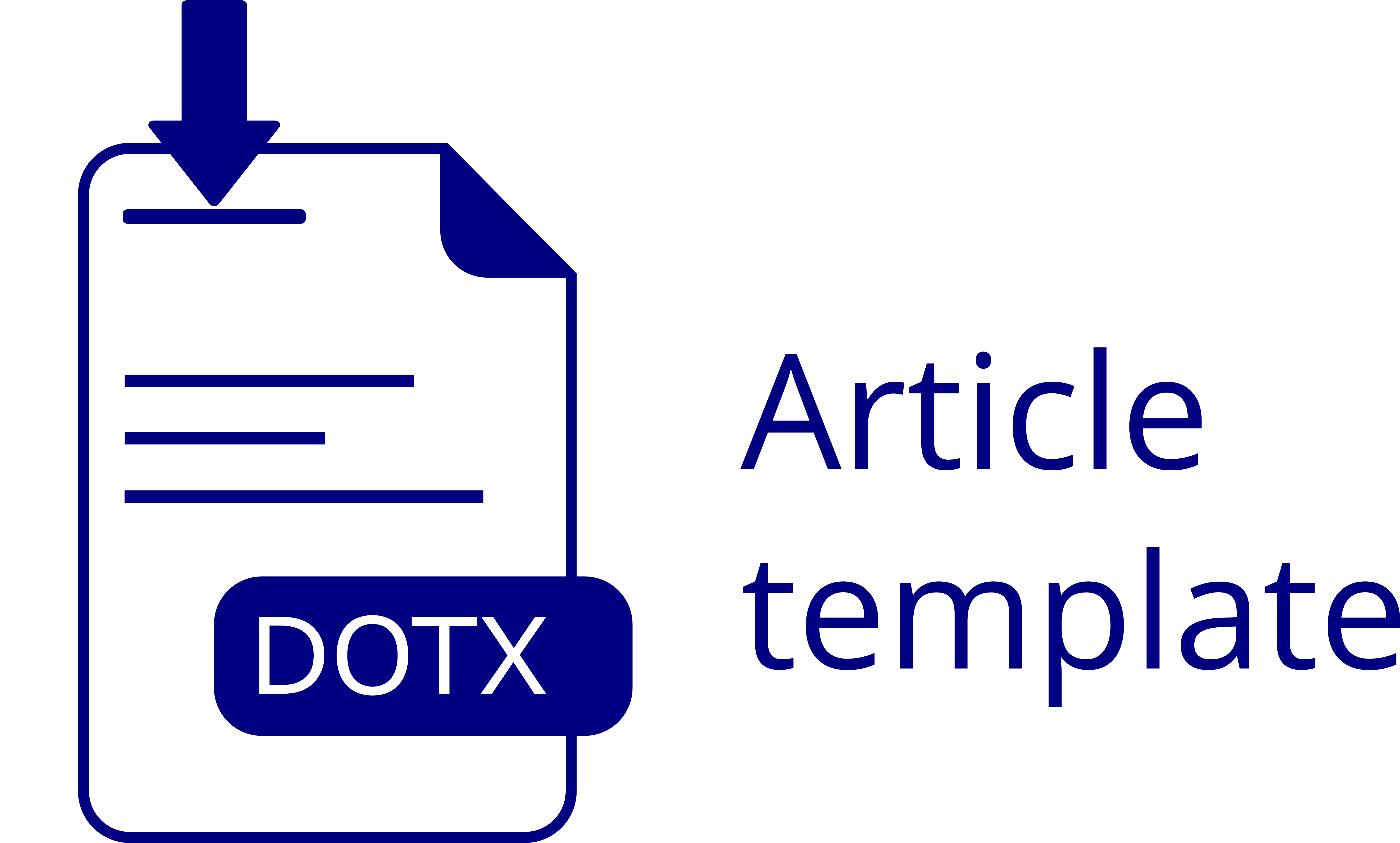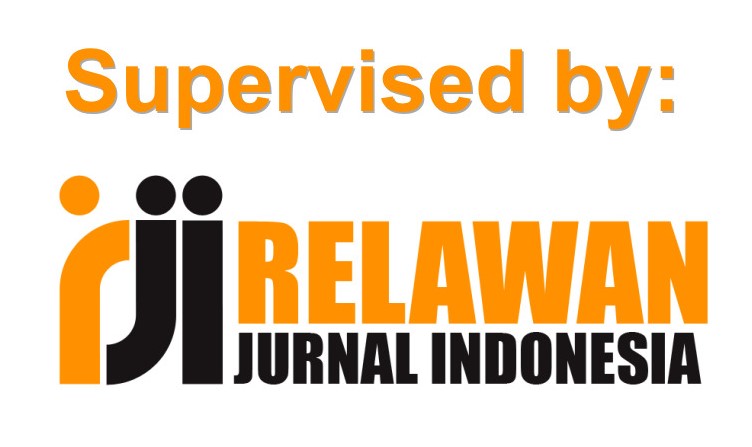Syair Lagu Mang Koko: Masyarakat Sebagai Embrio Imajinasi
DOI:
https://doi.org/10.24114/grenek.v13i2.62928Keywords:
Mang Koko, Syair Lagu, Analisis LaguAbstract
Mang Koko adalah seniman pembaharu karawitan Sunda. Karya-karyanya memiliki identitas yang khas. Identitas tersebut lahir dari akumulasi latar belakang keluarga, lingkungan masyarakat, pendidikan, dan kebudayaan. Lagu yang disusunnya banyak yang terinspirasi dari fenomena masyarakat Sunda. Kiranya dalam konteks ini, masyarakat merupakan embrio imajinasi Mang Koko dalam berkarya. Terlihat dari penggunaan lirik lagu yang mengetengahkan isu-isu masyarakat Sunda kala itu. Tujuan dari tulisan ini adalah menguraikan karya lagu Mang Koko yang mengangkat masyarakat sebagai pusat inspirasinya. Pengumpulan data terpusat pada observasi, wawancara, studi literatur, dan studi dokumentasi. Data berbasis teks tersebut kembali dibaca dan ditafsirkan menggunakan teknik analisis konten. Dua lagu yang dibahas dalam penelitian ini, yaitu Badminton dan Guntur Galunggung, menunjukkan bagaimana Mang Koko merespon fenomena kemasyarakatan yang terjadi pada masanya. Masyarakat tidak hanya menjadi komunitas tempat seniman tinggal, ia merupakan gudang ide yang dinamis sebagai stimulus untuk menghadirkan produk ekspresi lanjutan.References
Algifari S, A. (2022). Kawih Gaya Mang Koko: Pengantar Tinjauan Tekstual dan Kontekstual. Yogyakarta: Jejak Pustaka.
Bújez, A. V., & Mohedo, M. T. D. (2014). Creativity in the Music Classroom. Procedia - Social and Behavioral Sciences, 141, 237–241. DOI: https://doi.org/10.1016/j.sbspro.2014.05.041
Creswell, J. W. (2017). Research Design: Pendekatan Kualitatif, Kuantitatif, dan Mixed. Yogyakarta: Pustaka Pelajar.
Denzin, N. K., & Lincoln Yvonna S. (2009). Handbook Of Qualitative Research. Yogyakarta: Pustaka Pelajar.
Ferrari, E. (2012). Understanding Otherness Through Music. Procedia - Social and Behavioral Sciences, 47, 674–678. DOI: https://doi.org/10.1016/j.sbspro.2012.06.715
Geertz, C. (1992). Tafsir Kebudayaan. Yogyakarta: Kanisius.
Hardjana, S. (1983). Estetika Musik. Jakarta: Depdikbud Dikmenjur.
Hastanto, S. (2011). Kajian Musik Nusantara-1. Solo: ISI Press Solo.
Hastanto, S. (2012). Kajian Musik Nusantara-2. Solo: ISI Press Surakarta.
Herdini, H. (2014). Perkembangan Karya Inovasi Karawitan Sunda Tahun 1920-2008. Bandung: Sunan Ambu STSI Press.
Hoed, B. H. (2014). Semiotik & Dinamika Sosial Budaya. Jakarta: Komunitas Bambu.
Keesing, R. M. (1992). Antropologi Budaya: Suatu Perspektif Kontemporer (2nd ed.). Jakarta: Penerbit Erlangga.
Koenjtaraningrat. (2015). Pengantar Ilmu Antropologi. Jakarta: Rineka Cipta.
Koswara dkk, T. B. (1992). Pembaharu Karawitan Sunda “Mang Koko” (Haji Koko Koswara). Jakarta: Yayasan Cangkurileung Pusat.
Koswara, K. (1986). Ganda Mekar. Bandung: Tarate.
Krippendorff, K. (2018). Content Analysis: An Introduction to Its Methodology (Fourth Edi). Pennsylvania: Sage.
Kuntowijoyo. (1987). Budaya dan Masyarakat. Yogyakarta: PT. Tiara Wacana Yogya.
Mulyana, A. R. (2005). Gurit Lagu Kawih Sunda. Surakarta: STSI Surakarta.
Peursen, C. A. Van. (1988). Strategi Kebudayaan. Yogyakarta: Penerbit Kanisius.
Prior, L. (2014). Content Analysis. In P. Leavy (Ed.), The Oxford Handbook of Qualitative Research. USA: Oxford University Press.
Rosidi, A. (2013). Tembang Jeung Kawih. Bandung: PT Kiblat Buku Utama.
Ruswandi, T. (1995). Koko Koswara: Pelopor Pembaharu Karawitan Sunda. Yogyakarta: Universitas Gadjah Mada.
Ruswandi, T. (1997). Bulletin Kebudayaan Jawa Barat Kawit Nomor 49: Peranan Mang Koko Dalam Penggalian Karawitan Sunda. Bandung: STSI Bandung.
Ruswandi, T. (2007). Mang Koko: Maestro Karawitan Sunda. Bandung: Kelir.
Ruswandi, T. (2016a). Kreativitas Mang Koko Dalam Karawitan Sunda. Panggung, 26(1). DOI: https://doi.org/http://dx.doi.org/10.26742/panggung.v26i1.165
Ruswandi, T. (2016b). Kreativitas Mang Koko Dalam Perkembangan Karawitan Sunda [Disertasi]. Bandung: Universitas Pajajaran.
Ruswandi, T. (2017). Pandangan Mang Koko dalam Berkesenian. Paraguna, 4(1). 18-31. DOI: http://dx.doi.org/10.26742/jp.v4i1.1869
Ruswandi, T. (2020). Mang Koko Dalam Inovasi Gamelan Salendro. Jurnal Paraguna, 7(1), 49–59. DOI: http://dx.doi.org/10.26742/jp.v7i1.4959
Ruswandi, T. (2021). Kreativitas Mang Koko Dalam Sekar Jenaka Grup Kanca Indihiang. Budaya Etnika, 5(1), 3–13. DOI: https://doi.org/10.26742/be.v5i1.1588
Saiful, A. A., & Sukmayadi, Y. (2023). Guntur galunggung song: text and symbolic meaning review. Dewa Ruci: Jurnal Pengkajian Dan Penciptaan Seni, 18(2), 95–112. DOI: https://doi.org/10.33153/dewaruci.v18i2.4569
Satriana, R., Haryono, T., & Hastanto, S. (2014). Kanca Indihiang sebagai Embrio Kreativitas Mang Koko. Resital, Vol.15. DOI: https://doi.org/https://doi.org/10.24821/resital.v15i1
Satriana, R., Haryono, T., & Hastanto, S. (2015). Aplikasi Konsep Laras dan Surupan pada Kawih Kacapian Gaya Mang Koko. TEROB, Vol. 6. DOI: https://doi.org/https://doi.org/10.20111/st.v6i1.76
Simons, H. (2009). Case Study Research in Practice. SAGE Publications, Ltd. DOI: https://doi.org/10.4135/9781446268322
Skolimowski, H. (2004). Filsafat Lingkungan. Jakarta: Bentang Pustaka.
Supriadin. (2021). Hubungan Antara Manusia, Masyarakat, dan Budaya. Kreatif: Jurnal Studi Pemikiran Pendidikan Agama Islam, 19(2), 27–41. DOI: https://doi.org/10.52266/kreatif.v19i2.784
Synott, A. (2016). Tubuh Sosial: Simbolisme, Diri, dan Masyarakat. Jakarta: Jalasutra.
Wardhani, D. (2011). Etude Kacapi Gaya Mang Koko Sebagai Bahan Ajar di SMKN 10 Bandung [Thesis]. Bandung: Universitas Pendidikan Indonesia.
Wolff, S. (2017). Analisis Dokumen dan Rekaman. In Buku Induk Penelitian Kualitatif: Paradigma, Teori, Metode, Prosedur, dan Praktik. Yogyakarta: Cantrik Pustaka.
Yin, R. K. (2019). Studi Kasus: Desain dan Metode. Yogyakarta: PT Rajagrafindo Persada.
Downloads
Published
Issue
Section
License
Copyright (c) 2024 Abizar Algifari Saiful, Nanang Supriatna

This work is licensed under a Creative Commons Attribution-ShareAlike 4.0 International License.
Authors published with the Grenek: Jurnal Seni Musik agree to the following terms:
- Authors retain copyright and grant the journal the right of first publication with the work simultaneously licensed under a Creative Commons Attribution License (CC BY-SA 4.0) that allows others to share the work with an acknowledgment of the work's authorship and initial publication in this journal.
- Authors are able to enter into separate, additional contractual arrangements for the non-exclusive distribution of the journal's published version of the work (e.g., post it to an institutional repository or publish it in a book), with an acknowledgment of its initial publication in this journal.
- Authors are permitted and encouraged to post their work online (e.g., in institutional repositories or on their website) prior to and during the submission process, as it can lead to productive exchanges, as well as earlier and greater citation of published work. (See The Effect of Open Access)









